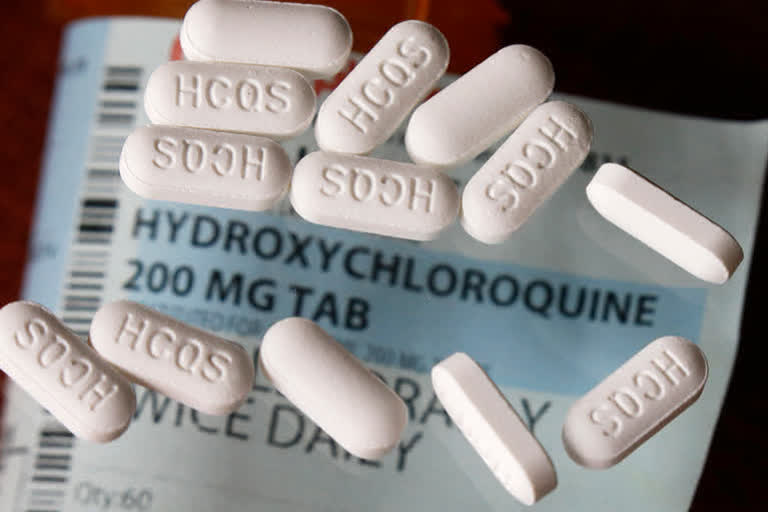Hyderabad: India, on April 7th announced to revoke its earlier ban on the export of malaria drug hydroxychloroquine (HCQ), which is now being used in countries like the United States as a possible line of treatment for COVID-19.
Earlier, around 30 countries, including SAARC nations, Australia and Germany, have asked India to lift the ban on the export of HCQ.
Some of the key facts related to Indian pharmaceutical industry:
- India is the largest provider of generic medicines globally. India occupies around 20% share in global supply by volume. The country also meets around 50% of global demand for vaccines.
- India ranks 3rd worldwide for production by volume and 13th by value. India also accounts for around 10% of global production by volume and 1.5% by value.
- India is the source of 60,000 generic brands across 60 therapeutic categories and manufactures more than 500 different Active Pharmaceutical Ingredients (APIs).
- The country is home to 3,000 pharma companies with a strong network of over 10,500 manufacturing facilities.
- In FY 2018-19, India’s pharmaceuticals exports were worth USD 19.13 billion with a growth rate of 10.72 per cent over the previous year.
Historical Perspective
India’s prominence at the world stage is a post independent phenomenon and also the result of changes to the legal framework and emphasis on innovation.
In the last five decades, India transformed herself from an import dependent nation to major global supplier of pharmaceuticals.
- Between 1947-1957, 90% of drugs and pharmaceutical patents in India were held by foreign nationals and less than 1% were commercially exploited in India.
- The Colonial patents and Designs Act, 1911 permitted foreign countries to block India’s access to the latest antibiotics and to critical therapeutic discoveries.
- There was no modern medicines or packaged foods or basic fertilizers available in India, because everything was under patents and only available through imports.
- In 1970, the government introduced the new Patents Act, which excluded pharmaceuticals and agrochemical products from the purview of patents regime.
- This helped the Indian pharmaceutical industry grew rapidly by developing cheaper versions of a number of drugs patented for the domestic market and eventually moved aggressively into the international market with generic drugs once the international patents expired.
As a result, India has become home for over 20,000 registered pharmaceutical manufacturers. The market share of multinational companies has fallen from 75% in 1971 to around 35% now.
Read more:Special trains for transporting perishable food items



